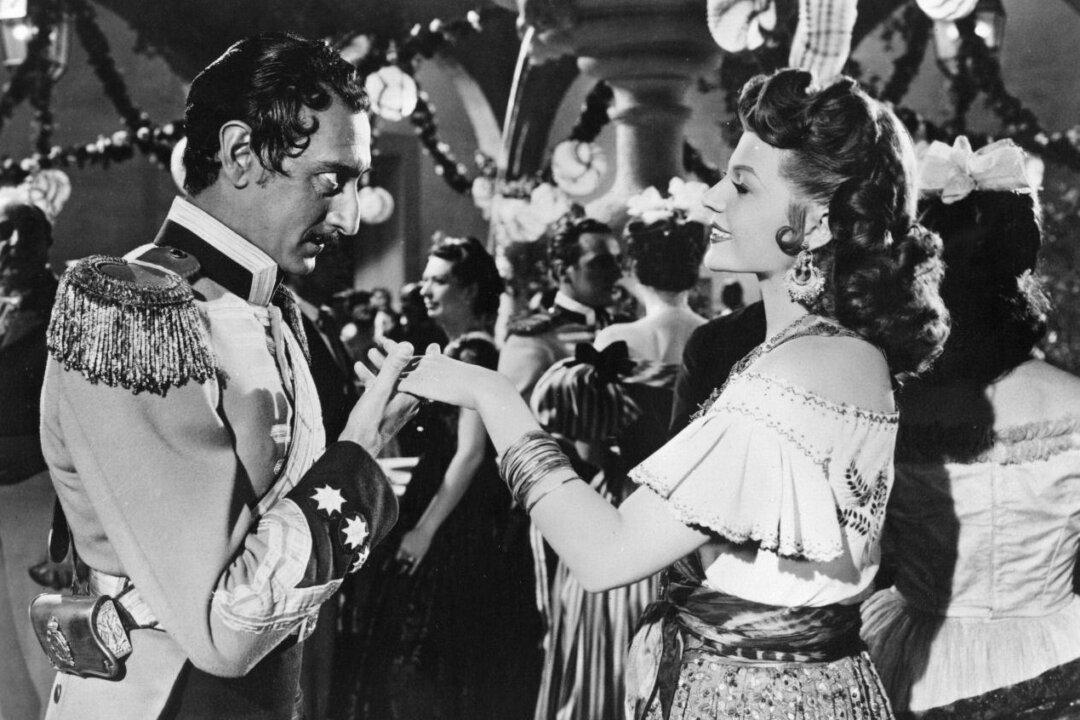Commentary
You don’t have to be an opera lover to know of “Carmen.” Written by Georges Bizet, this 1875 French opera is one of the most famous of all time. However, the story of “Carmen” did not begin with the opera. It comes from an 1845 French novella by Prosper Mérimée. The opera took the original concept, added some characters, removed others, and combined the exotic tale with magical music.





